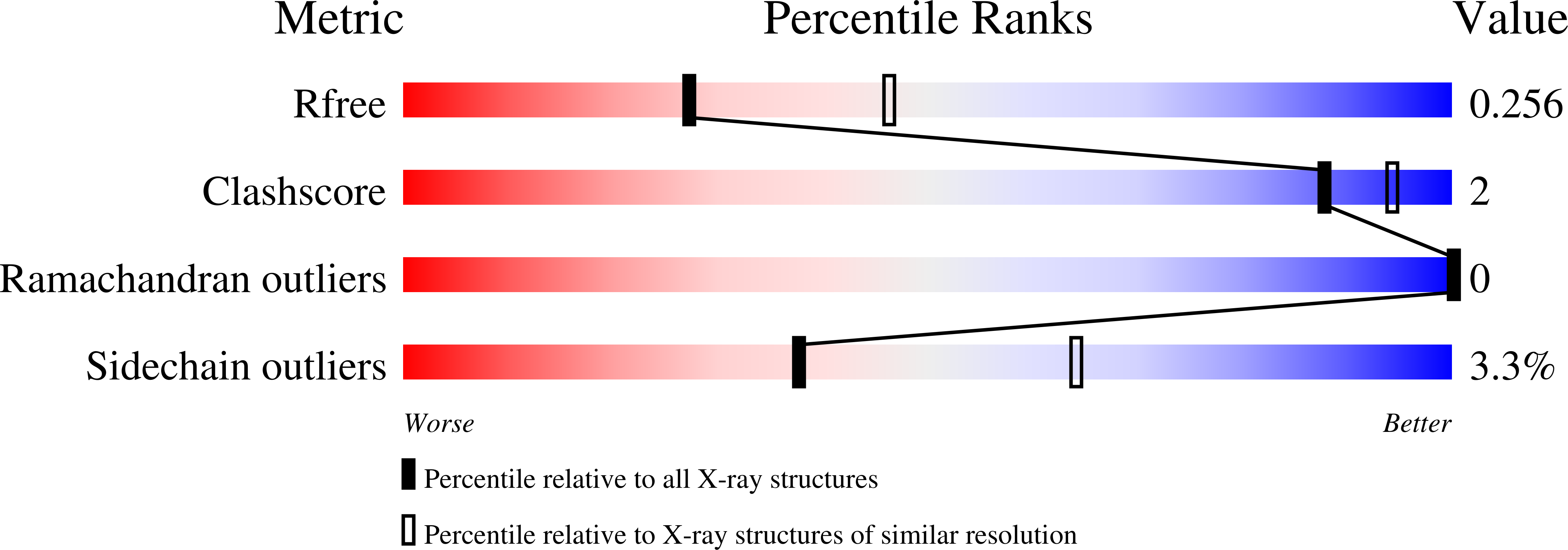
Deposition Date
2021-10-27
Release Date
2022-08-03
Last Version Date
2024-11-06
Entry Detail
Biological Source:
Source Organism:
Schistocerca gregaria (Taxon ID: 7010)
Host Organism:
Method Details:
Experimental Method:
Resolution:
2.50 Å
R-Value Free:
0.27
R-Value Work:
0.20
R-Value Observed:
0.21
Space Group:
C 2 2 21


